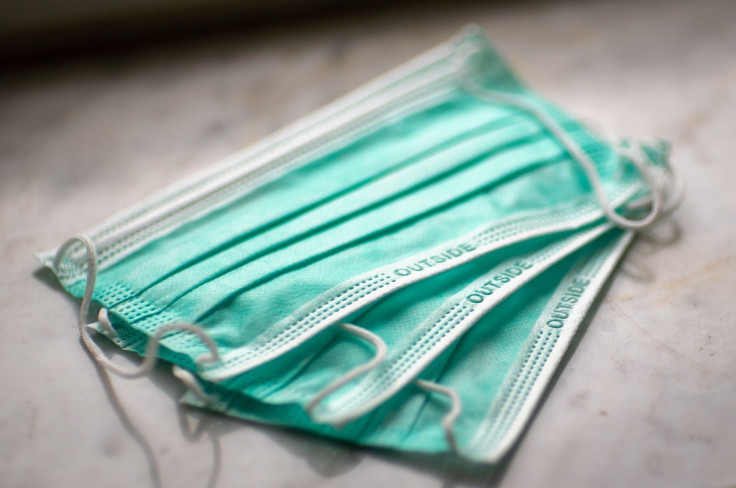CDC Outlines Alternative Face Masks In Response To Medical Mask Shortages During COVID-19 Pandemic
KEY POINTS
- The Center for Disease Control outlined face mask alternatives and instructions on making them to help protect people from COVID-19 exposure while out in public
- The alternatives were offered in response to shortages of medical masks that the CDC said needed to be set aside for medical workers
- Alternatives included sewing cloth into a twin layer mask, or cuting and tieing a t-shirt or bandana into a mask if someone is unable to sew
The Center for Disease Control said Wednesday that while people should continue wearing face masks during the COVID-19 pandemic, it asked people to stop using medical masks that are in short supply so they can be saved for medical workers. Instead, the CDC offered recommendations on alternative cloths that can be used to help prevent the spread of coronavirus while out in public.
“Cloth face coverings fashioned from household items or made at home from common materials at low cost can be used as an additional, voluntary public health measure,” the CDC said on its website.
The CDC cautioned that cloth face masks should not be used on children younger than 2 years old, and anyone with existing respiratory problems, or is physically incapable of removing the mask without help.
The CDC’s first recommended alternative is sewing two 10”x6” inch pieces of fabric cloth by hand or with a sewing machine to make a breathable, two-layer mask. It also offers alternative elastic bands, such as rubber bands or hair ties, to use as the ear loops to hold the mask in place.
If sewing is not necessarily one’s forte, there are two alternatives for protective masks.
First is a “quick cut t-shirt” mask that simply requires a t-shirt and a pair of scissors. The CDC instructs cutting around 7 to 8 inches of the bottom of the shirt to have enough material to cut into the mask. Next, part of the cloth needs to be cut into tie strings that would be wrapped around one’s head and neck and tied to secure the mask.
Second is a bandana mask created using a bandana, a coffee filter, and elastic ties. The coffee filter is placed in the middle of the bandana to help hold the mask’s shape after folding the bandana over the filter. The bandana is then run through the bands, folded over, and tucked into itself to hold the bands in place.
Any cloth masks should be washed regularly, based on use, in a washing machine.
“The cloth face coverings recommended are not surgical masks or N-95 respirators,” the CDC said. “Those are critical supplies that must continue to be reserved for healthcare workers and other medical first responders, as recommended by current CDC guidance.”

© Copyright IBTimes 2024. All rights reserved.











